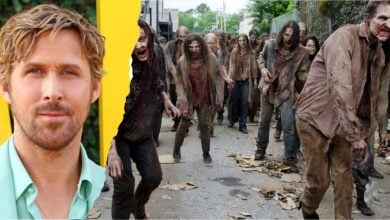The most Legendary silent film actor and comedian of all time : Busten Keaten
Even after a century, " The Great Stone Face" is still a part of modern day search
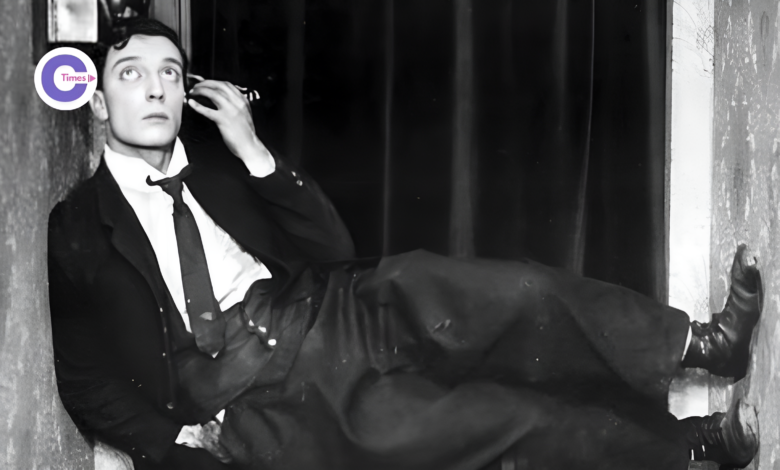
Buster Keaton is one of the finest (that is also a small term for him) but the greatest comedian and filmmaker of the Jazz Age. At the age of three, started acting as a child vaudeville star. From the age of five, he lived a very extraordinary life which is reflected in his films. And, is a true example to modern day superstars. Buster’s life is going to teach a lot from professional arts to not lose hope in darkest days, and live the way you want.
Keaton Busten was such a strong-willed personality that wasn’t limited to acting but also explored a lot of different things such as direction, screenwriting, editing, and worked as his own stuntman (like Tom Cruise had been doing in his whole career) for films. The most fascinating part is action planning in silent comedy movies. And, comedy isn’t an easy task to do, only a keen observer can like him, Charlie Chaplin, and so on, can do effortlessly.
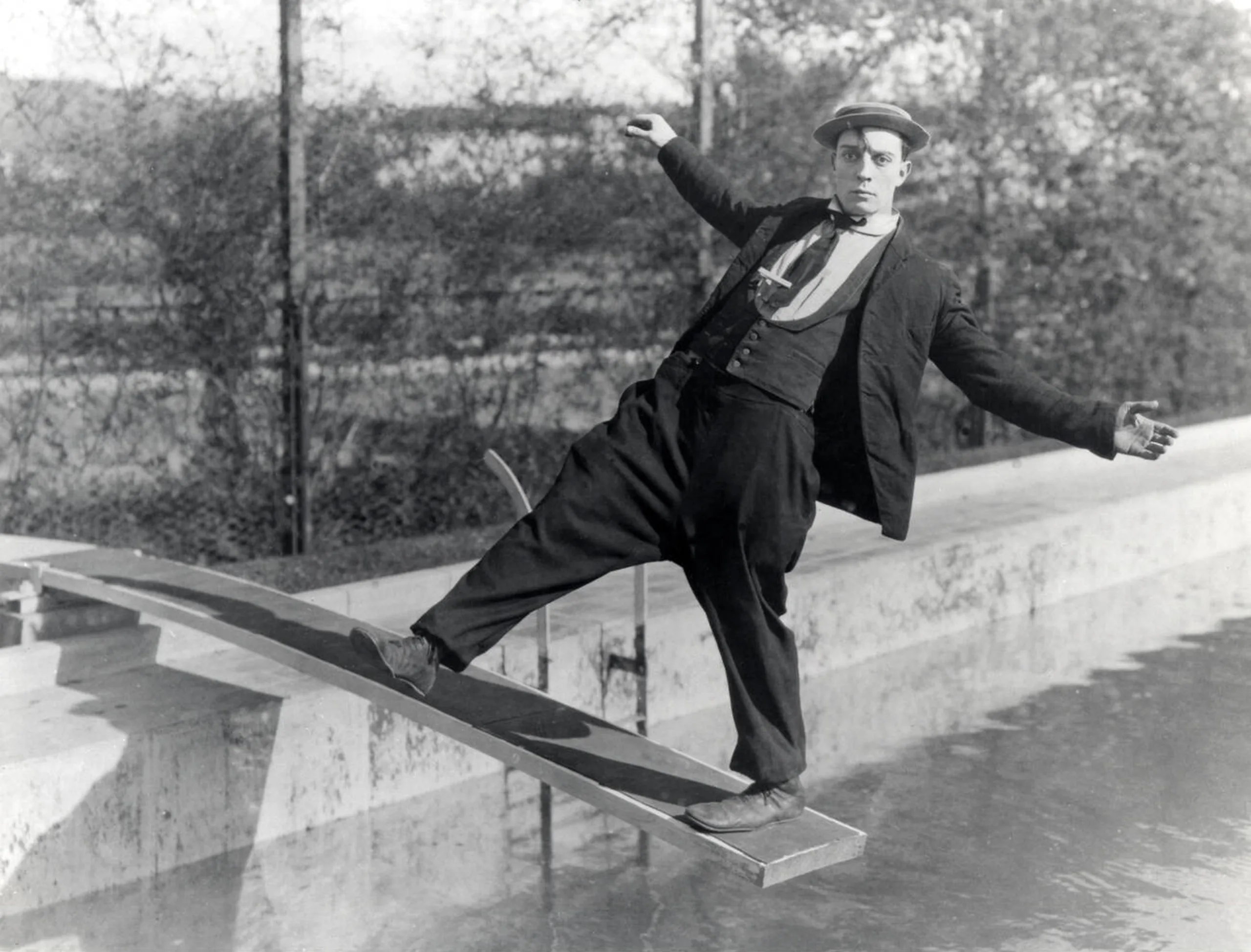
Who was Busten Keaton
Busten was born in a vaudeville family, on October 4, 1895, in Piqua, Kansas, U.S. His mother Myra Keaton and father Joe Keaton, named Joseph Frank Keaton. When he was 18 months old, he fell down a staircase; magician Harry Houdini picked up the unhurt infant, turned to the boy’s parents, and chuckled “That’s some ‘buster’ your baby took.” Got this ‘buster’ as a nickname, later used as the first part of his professional name.
At the age of 3 years, Keaton starred with his parents in their acts as mops where he learned ”the more serious I turned, the bigger laugh I got” and gained his signature style of acting: his deadpan expression (The Great Stone Face).
Professionally, he started working at the age of 21. Debuted in One Week (1920), The Playhouse(1921), Cops(1922) and The Electric House(1922). His full-length movies are Sherlock Jr. (1924), The General (1926), Steamboat Bill, Jr. (1928), and The Cameraman (1928). Rest is History.
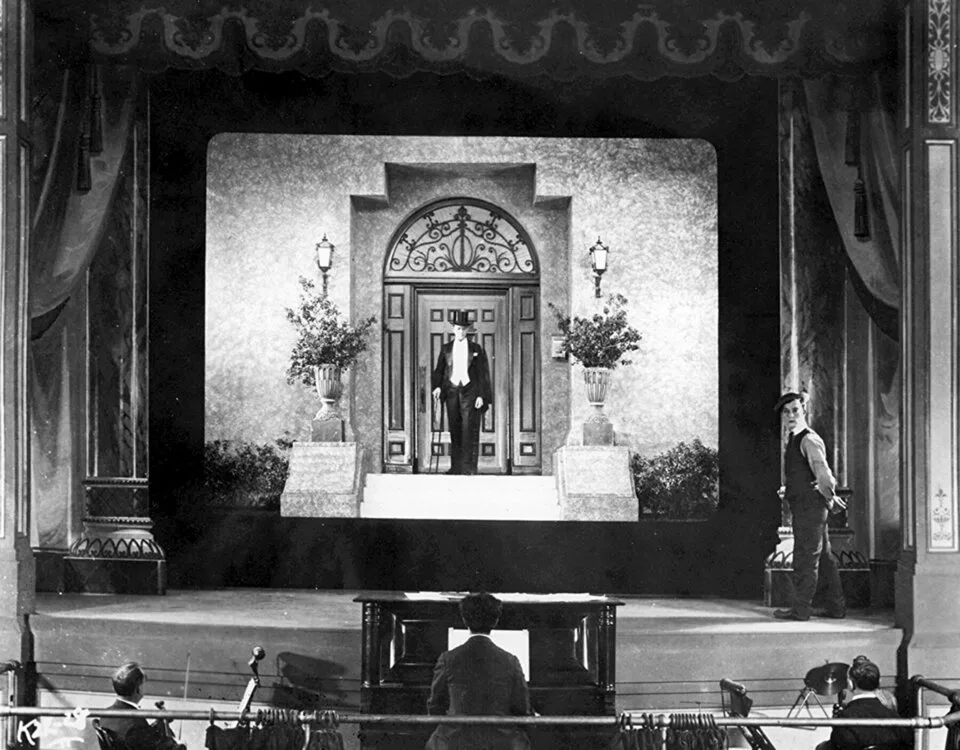
The Time of Sound Era: Worst Mistake
Every story has a villain that either change the destiny of the hero or turns the dull diamond into flawless clarity. The villain, entered into the story in 1928, Metro-Goldwyn-Mayer (MGM), restricted his creativity and turned his flourished career into a scattered piece of glass, ” Quantity Over Quality ”. It’s not hard to say that Busten doesn’t have any other reliable options but to sign up for MGM or simply stop working. The work environment at MGM wasn’t appealing to Keaton from the very first day.
However, his first project ( The Cameraman 1928 ), is a pure definition of talent of filmography. Later on, the situation started to bite off and intolerable. MGM made him sick of their wordy plots with no sense of knowledge and logic which eventually affected his mental health.
No one saw it for four or five pictures. Then it got so bad, no one could miss it—What, No Beer? And Sidewalks of New York. Oh, they were brutal! I knew before the camera turned on the first scene that we had the perfect foundation for a stinker. And by now, I couldn’t tell anyone anything . . . . So I slipped. I did what so many others have done. I started to drink. And that’s when I blew it”
— Buster Keaton
Multiple opportunities knocked on Buster’s door at MGM, but due to commitments, he could not do it. By his depression era, MGM made a huge sum of money still they stayed ungrateful towards him. In 1930, technology started making sounds and Keaton proposed an idea of film refused by MGM Owner of that time in a very filthy manner. Moreover, the worst is yet to come.
[ Also Read: Top 10 Rising Stars in Hollywood 2024 ]
In many ways, from 1932 to 1934, were the worst years of his life that changed everything for the future.
- Nataline Talmadge divorced him by blaming him for drinking alcohol.
- His best friend, Fatty Arbuckle died due to a heart attack and his close friend also left him alone in this cruel world.
- Sued by Internal Revenue Services for $ 28,000
- Desperately struggling with alcoholism which also ruined his father’s career.
- And Hell, MGM fired him for not working when he dealing with so much at this point.
All this chaos titled him “Hollywood’s grimmest teetotaler,” in Hollywood. People argued over the decline in Keaton’s career and stated it’s due to introduction the of sounds in films, but reality is very different. If anyone ever watched the French film Le Roi des Champs-Elysées (King of the Champs-Elysées), made in 1934, can tell difference that Keaton could make movies good in sound also. By 1937, he recovered from the hell out of his life and by 1941, started working in stage dramas such as a detective play called The Gorilla.
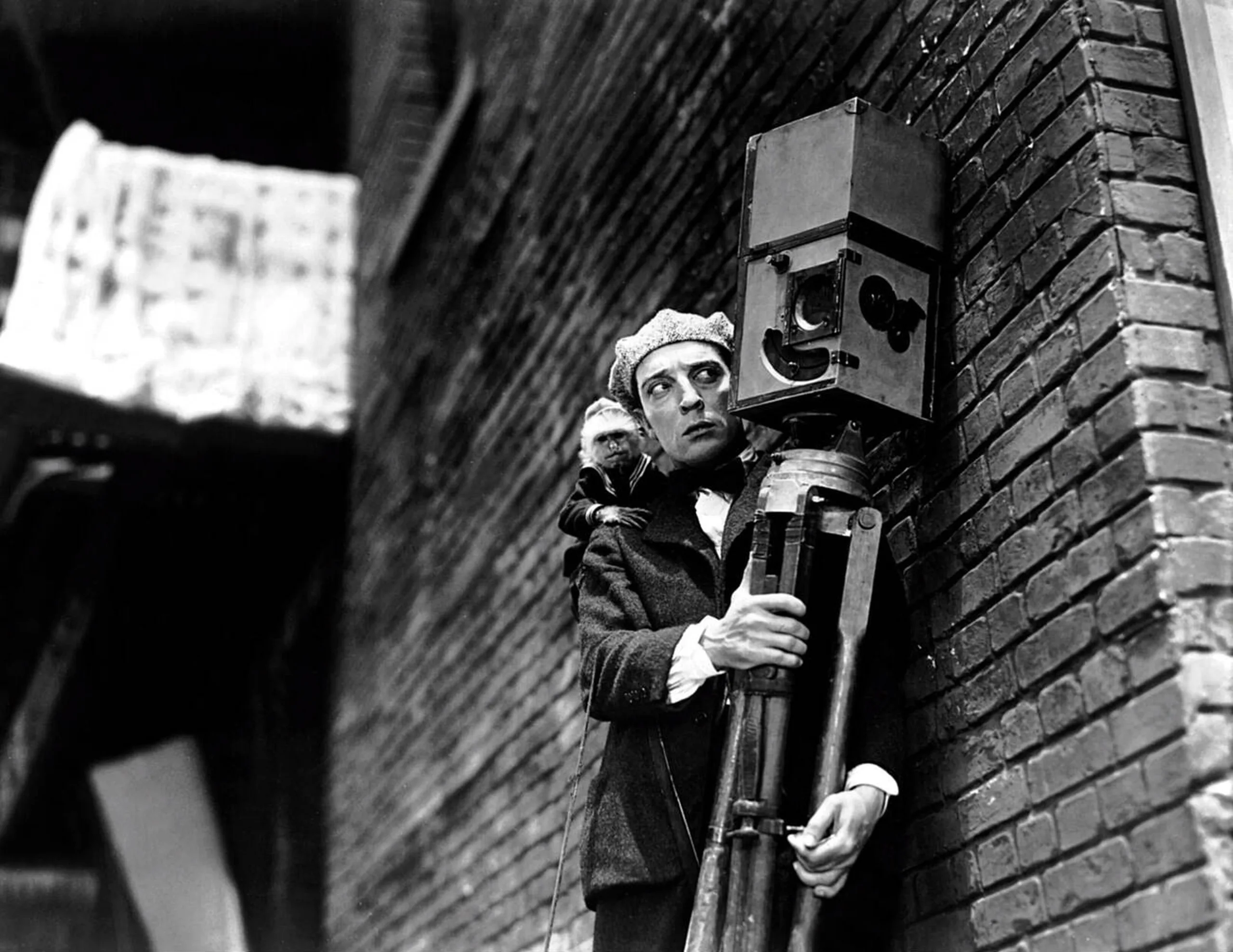
Best of his Greatest Stunts
Everyone loved the comedic action but hasn’t explored the excellent execution of those acts. As clear as water, even a slight delay or lacks of correct movement can breathtakingly harm Buster. To appreciate his planning, direction and acting, few of them are highlighted here:
Source: Laurel and Hardy (YouTube)
1. The House Fall in Steamboat Bill, JR. (1928): It is his most famous stunt ever, where he stood in front of a collapsing house in Streamboat Bill, Jr. The side wall of the house falls, but Keaton remains unharmed. He was standing where the open window may lay down while falling. If Keaton hadn’t moved in time, for sure his head would have turned into a red dandelion. This act is a true example of how maths and Physics can be applied in real.
Source: K Forde (YouTube)
2. The Waterfall Scene in Our Hospitality (1928): It is the most dangerous stunt he ever performed. Safety in stunts was a little. Everything remains as planned, and masterpieces are delivered.
Source: Syed Amaid Ali Naqvi (YouTube)
3. The Train Chase in The General (1926): It is widely recognized as Keaton’s masterpiece. I will not introduce spoilers of movies watch yourself. The most breathtaking moment in this stunt is when he has to change rail trails and live in front of the train without any stunt double.
Source: chatsworthhistory1 (YouTube)
4. The Water Tower in Sherlock Jr. (1924): Buster Keaton Sherlock Jr.’s performance resulted in a serious injury, almost breaking his neck. In this scene, he is standing on the top of a moving train and grabs the spout from the tower but the tower is bent and water is poured over him ruthlessly knocking him down. He discovered his injury a year later.
Source: Jim Wilson (YouTube)
5. Escaping the Police in Cops (1922): It is a short film stunt where he moves over moving from objects to cars, while avoiding regular calls of death. This shows his devotion to his work and trust in his guts and precision of crew members.
[ Also Read: 7 Must-Watch Action Movies on Netflix for Thrill Seekers ]
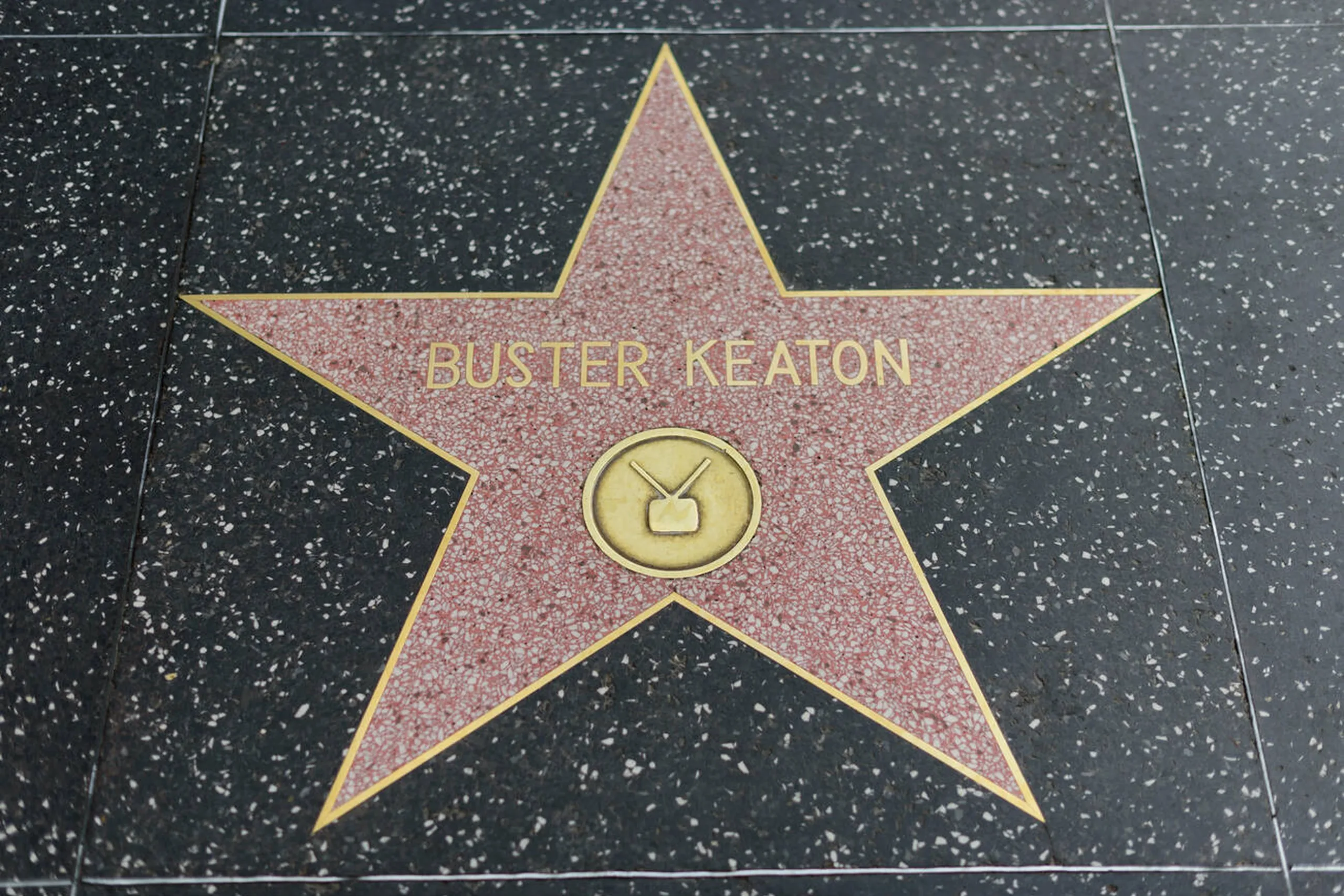
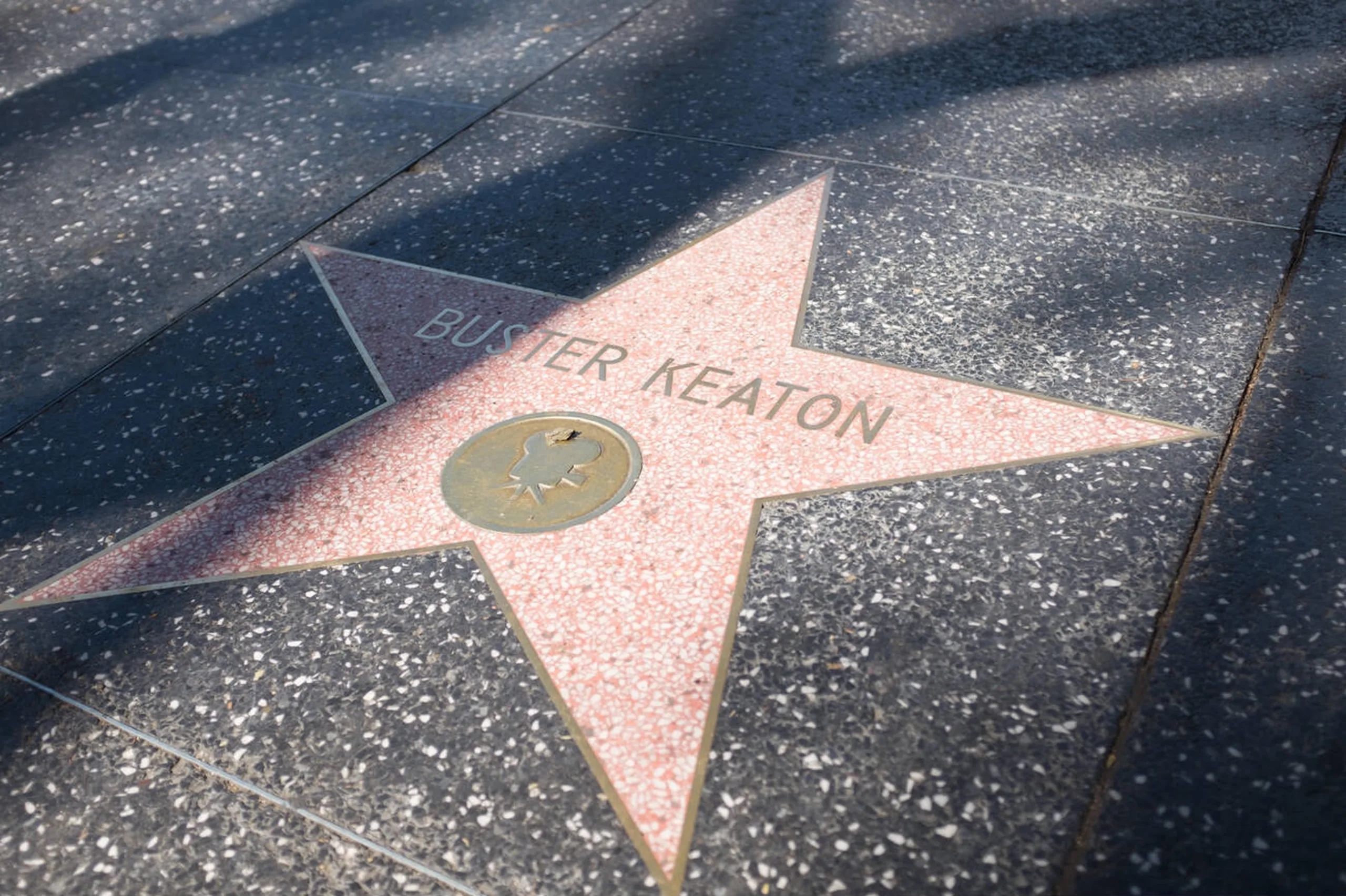
Awards and Achievements
Keaten made all 209 masterpieces through his lifespan of which seven are included in the National Film Register.
- One Week (1920),
- Cops (1922),
- Sherlock Jr. (1924) is also one of the top choices of the 100 movies of all time, according to Time Magzine
- The Navigator (1924),
- The General (1926),
- Steamboat Bill, Jr.,(1928) and
- The Cameraman ( 1928)
He has two stars on the Hollywood Walk of Fame.
- His movies (6619 Hollywood Blvd.)
- His television work 6321 Hollywood Blvd.)
Recognized as the 21st greatest actor of all time by American Film Institute.
[ Also Read : Top 10 Best Directors of Hollywood and Their Movies ]
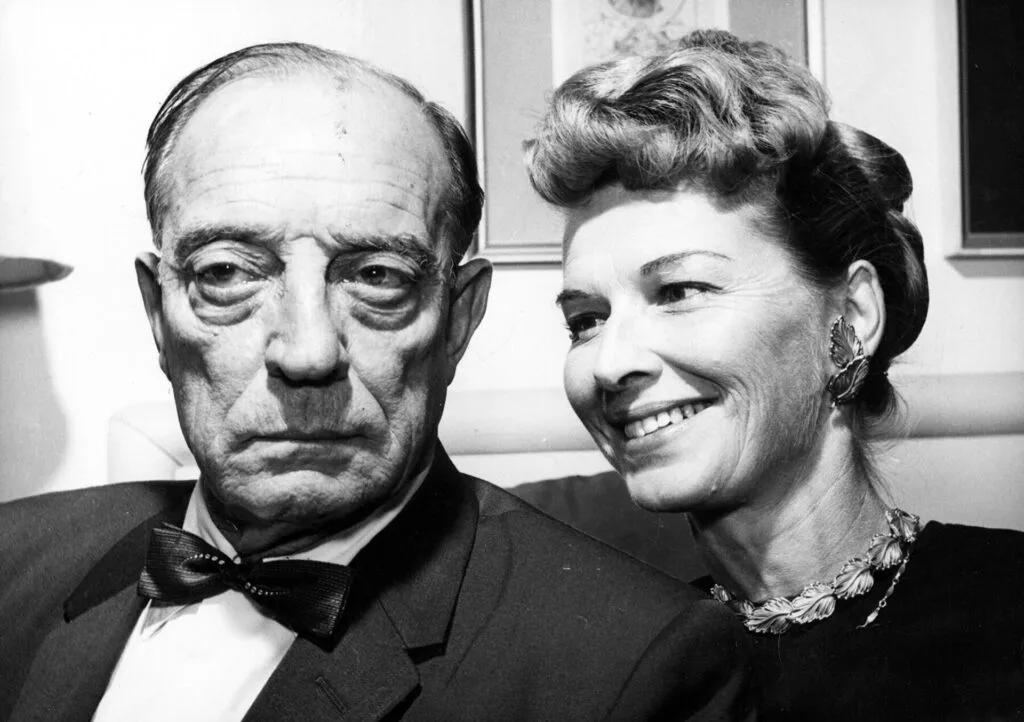
Happiness behind the Stone Face
After losing his creativity rights to the MGM contract, Keaton’s career was drowned into the deepest ocean bed which introduced alcoholism in his tumultuous life. Then the angel of Keatens life entered: Eleanor Norris ( MGM contract dancer). Besides their 26-year age gap, they got married in 1940 (at that time she was 21; he was 44 ). Yet, he found the bond, he is longing for from his past two marriages.
Norris played a vital role in everything that stabilized the condition of his dearest husband’s life. This growth is seen in the projects Buster invested including, Sunset Boulevard (1950) and Limelight (1952) with another legendary star Charlie Chaplin. This happy marriage lasted for 26 years until Kearon’s death from lung cancer on February 1, 1966, in Woodland Hills, California at the age of 70.
Moreover, Eleanor spent the rest of her life preserving the legacy of his husband from every small commercial clip to his nationally registered movies.
“I think I have had the happiest and luckiest of lives. Maybe this is because I never expected as much as I got . . . And when the knocks came I felt it was no surprise. I had always known life was like that, full of uppercuts for the deserving and the undeserving alike.”
— Buster Keaton
Conclusion: Legends never die
Whatever happened throughout his life, at last everything makes sense. His fearlessness, precision in creativity, and dedication to work, deepen his love of his silent film comedy. Those who haven’t seen Buster Keaton films, should watch them, they are beyond any timezone experiment. True masterpieces of comedy and adventure. Damifinos : )
So, for what you are waiting for, explore the Buster Keaton filmography and let us know which stunt or movie you find jaw-dropping and touching!!



